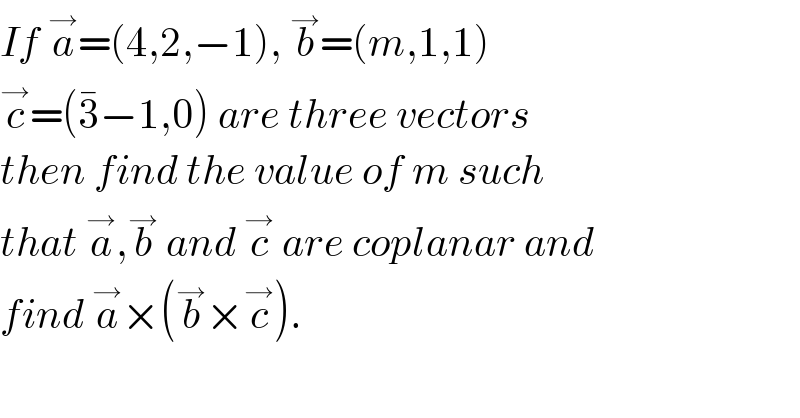
Question and Answers Forum
Question Number 135423 by benjo_mathlover last updated on 13/Mar/21

Answered by mr W last updated on 13/Mar/21

| ||
Question and Answers Forum | ||
Question Number 135423 by benjo_mathlover last updated on 13/Mar/21 | ||
 | ||
Answered by mr W last updated on 13/Mar/21 | ||
 | ||
| ||